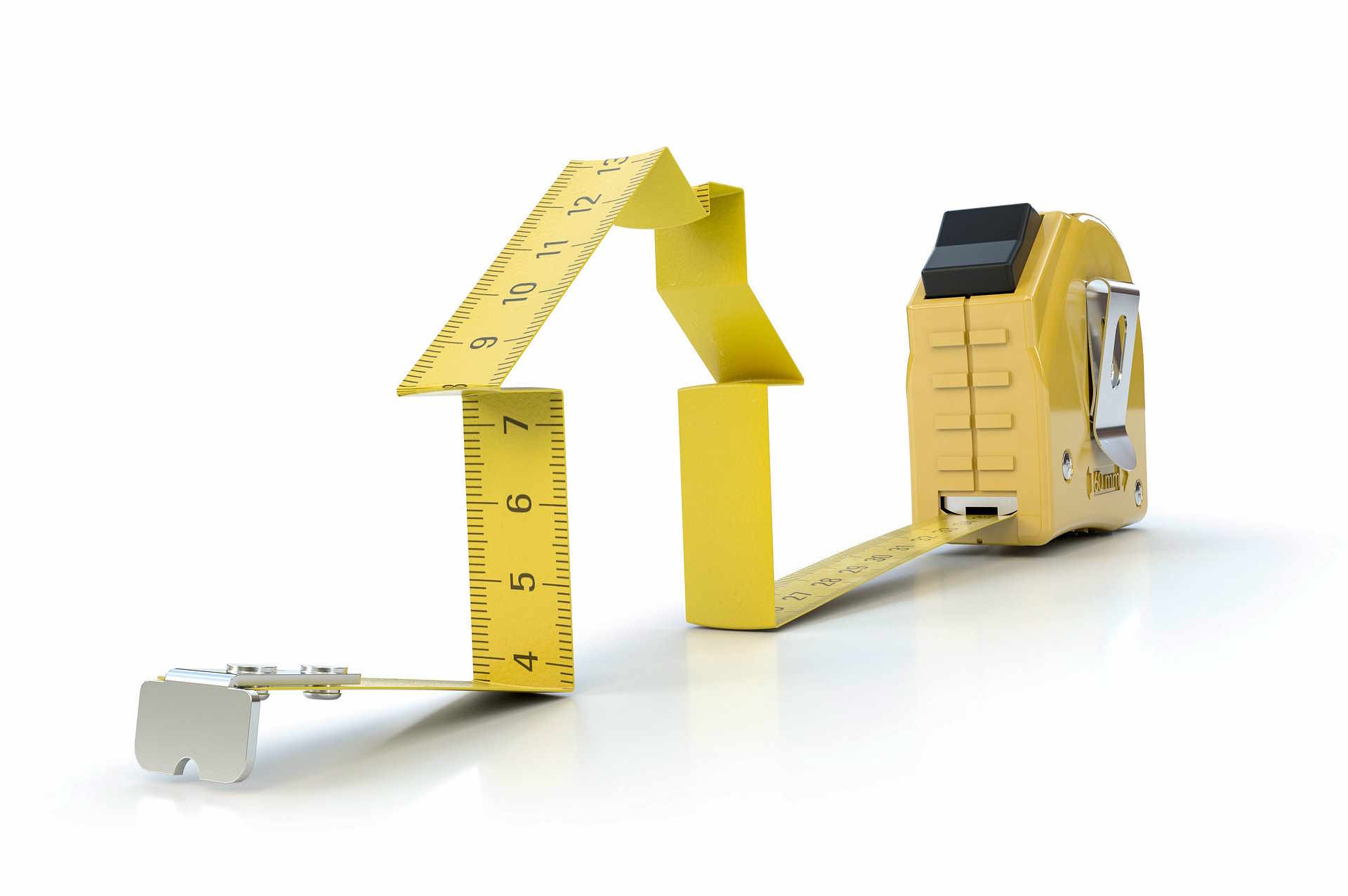How to Determine and Boost Your Home’s Market Value
Discover practical ways to estimate and increase your home’s market value. This guide explains professional appraisals, online valuation tools, and Comparative Market Analyses while outlining renovations, energy upgrades, and maintenance strategies that maximize resale potential. Learn how market forces and local changes affect property worth and which valuation services cost what—so you can make informed decisions about buying, selling, refinancing, or investing in real estate.

Evaluating Your Home’s Current Market Value
There are several reliable ways to gauge what your property is worth today. The most precise method is a full appraisal performed by a licensed appraiser, who inspects the home and analyzes comparable sales, condition, and market trends. Online valuation tools offered by websites use public records and algorithms to produce quick estimates; they’re convenient but should be treated as ballpark figures. Real estate agents provide Comparative Market Analyses (CMAs) that draw on recent local sales, neighborhood knowledge, and their professional judgment. Brokers can also deliver a Broker Price Opinion (BPO) for a middle-ground estimate at a lower cost than a full appraisal.
Choosing the right approach depends on your objective: use an appraisal for mortgage financing or legal purposes, a CMA when preparing to list, and online tools for an immediate snapshot.
Improvements That Tend to Raise Home Value
Not all upgrades deliver the same return. Kitchens and bathrooms consistently rank among the improvements with the best resale value, especially when updates focus on modern fixtures, durable surfaces, and neutral finishes. Energy-efficient upgrades — like high-efficiency HVAC systems, tankless water heaters, double-pane windows, and added insulation — are attractive to buyers who want lower utility bills and often increase marketability.
Curb appeal matters: well-kept landscaping, a fresh coat of exterior paint, repaired siding, and a neat entryway create a strong first impression that can positively influence offers. Thoughtful cosmetic updates, like new flooring or updated lighting, can also move the needle without major expense.
Why Home Values Change
Real estate values are dynamic and respond to many forces. Broader economic conditions — interest rates, inflation, and employment levels — affect buyer demand and purchasing power. Local factors, such as new commercial developments, school district reputation, zoning changes, or transportation projects, can make a neighborhood more or less desirable.
Unexpected events — severe weather, floods, or regional market downturns — can temporarily suppress prices. Conversely, a hot local market or limited inventory can drive values up quickly. Monitoring both macroeconomic signals and neighborhood-level developments helps homeowners anticipate shifts.
Professional Valuation Services and Typical Costs
| Service Type | Provider | Average Cost Range |
|---|---|---|
| Full Appraisal | Licensed Appraiser | $300-$700 |
| Comparative Market Analysis (CMA) | Real Estate Agent | Often Free |
| Online Valuation Tool | Zillow/Redfin | Free |
| Broker Price Opinion (BPO) | Licensed Broker | $125-$350 |
Prices, rates, or cost estimates mentioned in this article are based on the latest available information but may change over time. Independent research is advised before making financial decisions.
Keeping and Increasing Your Home’s Value Over Time
Preventive maintenance is one of the best investments a homeowner can make. Address small issues early — roof leaks, plumbing drips, or failing seals — to avoid larger, value-eroding repairs later. A documented maintenance history (receipts, permits, before-and-after photos) reassures buyers and lenders by showing the home has been cared for.
When choosing upgrades, consider local buyer preferences and the neighborhood price tier. Over-improving a modest home for an upscale finish may not yield a proportional return. Aim for improvements that match comparable properties and add practical benefits, such as extra storage, functional layouts, or energy savings.
Practical Tips for Smart Value Management
- Monitor local market reports and recent sales in your subdivision to stay informed.
- Prioritize fixes that protect structural integrity and prevent deterioration.
- Focus on cost-effective upgrades with broad appeal: updated kitchens, fresh paint, and efficient heating and cooling.
- Improve energy performance where possible; buyers increasingly value lower utility costs.
- Keep detailed records of repairs, renovations, warranties, and permits to establish credibility during a sale or refinance.
Putting It All Together
A home’s value is more than a single number — it reflects market conditions, the property’s features, and how well it’s been maintained. Use a combination of valuation methods to get a clear picture: start with online tools for a quick estimate, consult an agent for local context, and secure an appraisal when a formal, defensible value is required. Invest strategically in maintenance and improvements that protect and enhance the property, and keep documentation to support future transactions.
Understanding these elements empowers homeowners to make informed choices about selling, refinancing, or investing in upgrades. With sensible upkeep, targeted renovations, and an eye on market trends, you can preserve and often grow your property’s worth over time.






